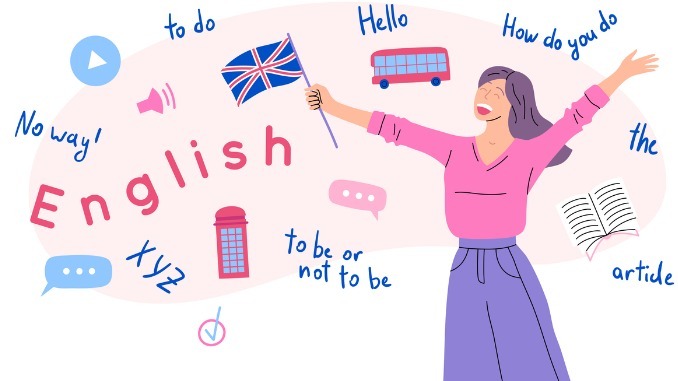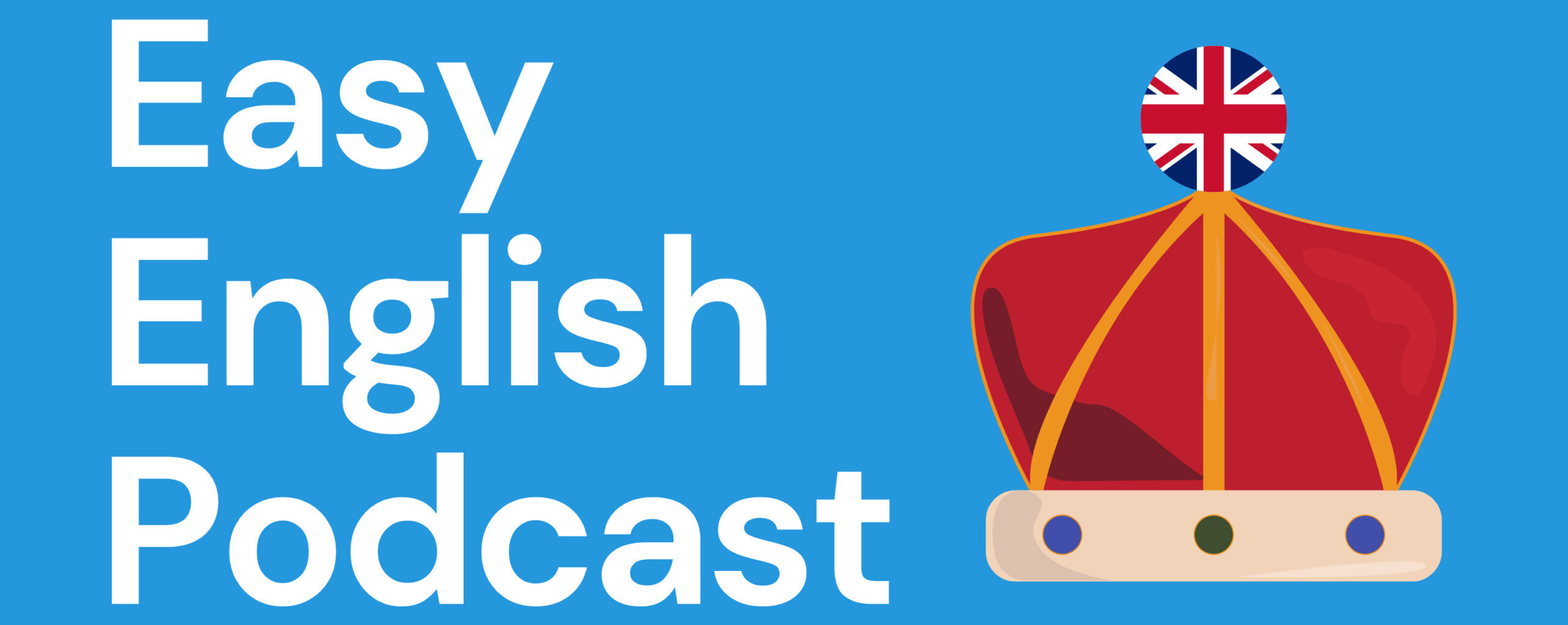
Beyond Textbooks: How to Integrate English into Your Daily Life (Intermediate)
You’re an intermediate English learner. You’ve likely got a good grasp of basic grammar and vocabulary, and you can probably hold a decent conversation. But sometimes, progress can feel slow. The key to unlocking the next level of fluency isn’t just more textbooks or grammar exercises – it’s about making English a natural part of your everyday life.
Think of it like this: you wouldn’t learn to ride a bike just by reading about it. You need to get on the saddle and practice! The same goes for English. By weaving English into your daily routines and interests, you’ll boost your vocabulary, improve your listening skills, and start thinking in English more naturally.
Here are some practical and engaging ways intermediate English learners can integrate the language into their daily lives:
1. Switch Your Tech to English:
This might seem simple, but it’s incredibly effective. Change the language settings on your phone, laptop, and social media accounts to English.
- Why it helps: You’ll encounter everyday vocabulary in a familiar context. You’ll learn the English names for functions you use constantly.
- Intermediate Boost: You’ll start to understand more nuanced terms related to technology and social interaction.
2. Immerse Your Ears in English Audio:
Move beyond passive listening. Actively engage with English audio throughout your day.
- Podcasts: Find podcasts on topics you genuinely enjoy. Listen during your commute, while doing chores, or exercising. We recommend the “Easy English Podcast“, available on Spotify and all other podcast platforms.
- Audiobooks: Dive into an English audiobook. Follow along with the text if you find it difficult initially.
- Music: Pay attention to the lyrics of English songs. Look up words you don’t understand. Singing along can also improve your pronunciation and rhythm.
- News in Simple English: Many news outlets offer versions of their stories written in simpler English, perfect for reinforcing your understanding of current events.
- Intermediate Boost: You’ll train your ear to different accents and speaking speeds, and you’ll encounter a wider range of vocabulary and sentence structures.
3. Make Screen Time Learning Time:
Transform your entertainment into learning opportunities.
- English-Language TV Shows and Movies: Choose shows or films with subtitles (initially in your native language, then switch to English subtitles, and eventually try watching without subtitles). Focus on understanding the context and the way native speakers naturally talk.
- YouTube Channels: Subscribe to English-speaking creators who discuss your hobbies or interests. You’ll learn relevant vocabulary and informal language.
- Intermediate Boost: You’ll improve your understanding of spoken English, pick up on idioms and slang, and learn about English-speaking cultures.
4. Connect with English Speakers:
Practice speaking is crucial for fluency.
- Language Exchange Partners: Find native English speakers who want to learn your language. You can practice speaking with each other regularly via video calls.
- Online Communities and Forums: Participate in discussions related to your hobbies in English-speaking online groups.
- Local Meetups: Look for English conversation groups or international clubs in your area.
- Intermediate Boost: You’ll gain confidence in speaking, improve your pronunciation and intonation, and learn how to express your thoughts in real-time.
5. Think and Talk to Yourself in English:
This might feel strange at first, but it’s a powerful way to practice.
- Mental Rehearsal: Before doing something, mentally plan out what you’ll say in English.
- Internal Monologue: Try to think in English throughout the day. Describe what you’re doing, seeing, or feeling.
- Narrate Your Day: As you go about your routine, mentally narrate your actions in English.
- Intermediate Boost: This helps you become more comfortable forming sentences quickly and accessing vocabulary spontaneously.
6. Label Your World in English:
A simple yet effective vocabulary builder.
- Sticky Notes: Put sticky notes with the English names on objects around your house (e.g., “table,” “window,” “door”).
- Mental Labeling: When you see something, consciously think of its English name.
- Intermediate Boost: Reinforces basic vocabulary and helps you associate words with real-world objects.
7. Engage with English Reading Material You Enjoy:
Move beyond graded readers and explore authentic English content.
- News Websites: Read articles on topics that interest you. Don’t worry about understanding every single word; focus on the main idea.
- Blogs and Articles: Find blogs or online magazines related to your hobbies or professional field.
- Fiction: Start with shorter stories or novels that aren’t too linguistically complex.
- Intermediate Boost: You’ll expand your vocabulary, improve your reading comprehension, and become familiar with different writing styles.
The Key is Consistency:
Integrating English into your daily life isn’t about spending hours every day on extra study. It’s about making small, consistent changes that expose you to the language regularly. Find activities you enjoy and make English a part of them. The more you immerse yourself, the more natural and fluent your English will become.
Start with a few of these ideas and gradually incorporate more as you feel comfortable. The journey to fluency is a marathon, not a sprint. By making English a part of your daily routine, you’ll make steady progress and enjoy the process along the way.

